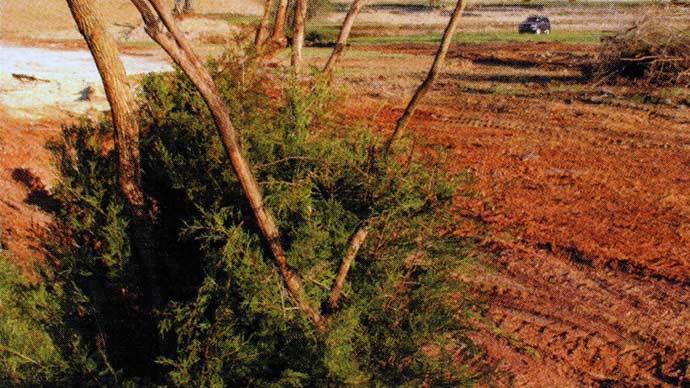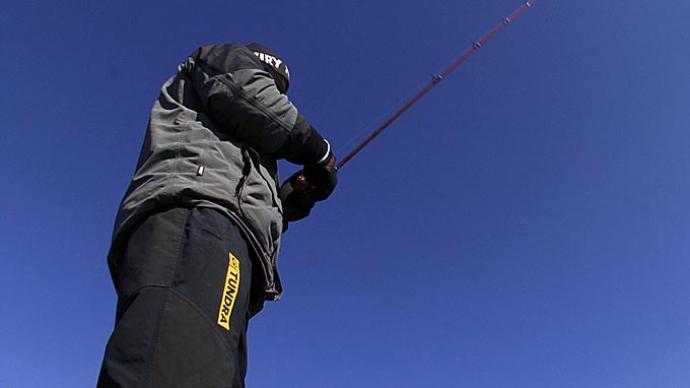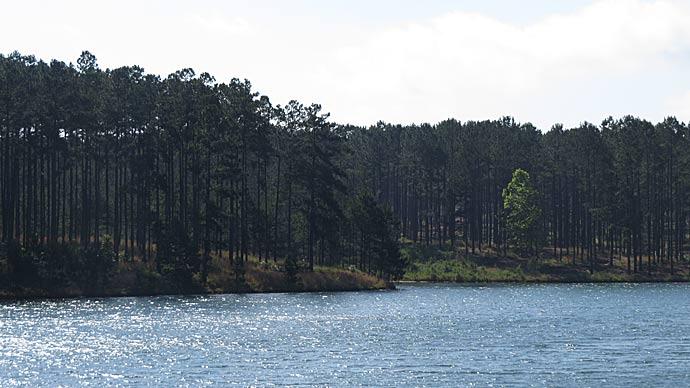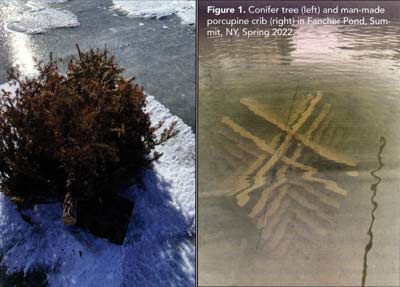
Usually, about a week after Christmas, I drag my Christmas tree, the one that was just cut down two weeks prior, to the curb to be put in a dump. I think I share this experience with many other people. Those trees, however, can be put to a much greater use. Putting an old Christmas tree in a northern lake or pond can lead to more fish, mainly yellow perch.
Have you ever brought a child fishing for the first time or attended a Friday night fish fry in the Northern United States? If so, you have likely encountered yellow perch. Yellow perch is a highly sought-after fish species throughout the Great Lakes region and other northern states. Many people, including myself and commercial fishermen, often target yellow perch. They are an important fish for human consumption due to their sweet taste. They also help the aquatic ecosystem by providing food for many larger predator fish. Therefore, methods to increase yellow perch populations are important for your sake, my sake, the sake of many others, and the sake of fish.

Yellow perch live in cool water lakes and ponds. They reproduce in the spring as soon as the ice melts. Interestingly, they lay their eggs in jelly-like ropes called skeins, sometimes up to 4 feet long. They require a structure, such as weeds or dead trees, to lay their eggs on. Therefore, without those structures, they cannot reproduce well. Yellow perch will not reproduce on just any structure; they have a preference for complex structures.
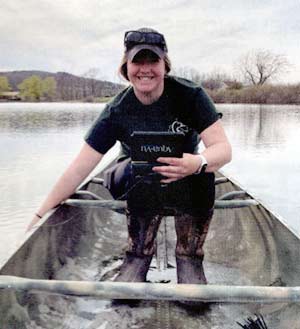
In spring 2019, nine man-made porcupine cribs were placed into a water body in Schoharie County, New York. These structures were 48 inches wide and 44 inches tall, each consisting of 50 2x2 pieces of hemlock lumber and filled with concrete blocks. In the spring of 2022,1 found those structures through the ice using a Garmin fish finder and Aqua-Vu underwater camera. I then placed a conifer tree (a discarded Christmas tree) tied to a cinderblock on the ice next to three underwater porcupine cribs. I let nature take its course, and the conifer trees fell into the water once the ice melted in April. After two weeks of 40-degree Fahrenheit water, I returned to sample for yellow perch eggs. From a canoe, I used an Aqua-Vu camera attached to the end of a 10-foot piece of 2-inch PVC pipe. I used this pole with a camera to examine each structure and counted each skein observed. I compared the number of skeins deposited on the conifer trees to the number deposited on the porcupine cribs to determine if the yellow perch showed a preference.
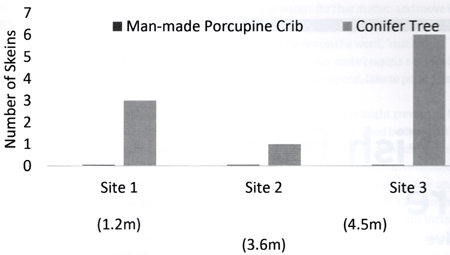
My observations found skeins on every conifer tree, and no skeins on any of the porcupine cribs. One conifer tree had three skeins, one had one skein, and the final one had six skeins. The three porcupine cribs in the study, the shoreline, and four other porcupine cribs examined had no skeins.
The yellow perch clearly preferred conifer trees over porcupine cribs for skein deposition. This preference is likely due to structure complexity. The complex branching of the conifer trees allowed for greater entanglement of the skein, ensuring suspension off bottom sediments. Suspension of eggs in the water column allows for increased fertilization, increased oxygenation, prevention of suffocation due to siltation, and reduced pathogen infection. Therefore, introducing complex structures to water bodies can increase egg deposition and survival of the yellow perch eggs and, in turn, potentially increase the yellow perch populations.
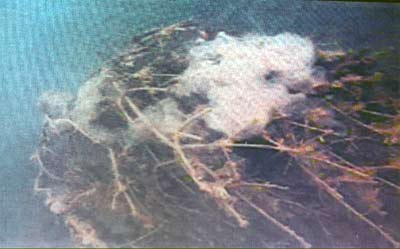
Porcupine cribs can still be highly functional as a habitat for fish. However, conifer trees are the preferred structure for introduction if the goal is to assist yellow perch populations. Additionally, porcupine cribs are expensive and time-consuming to build. Conversely, conifer trees are cheap and readily available, especially near the end of December. The trees will degrade and lose their complexity over time; however, it is straightforward to acquire more trees.
Next winter, once the holidays have faded and you go to dispose of your Christmas tree, think of the fish you can be helping out. Instead of sending it to a dump or compost pile, place it in a pond or a lake directly in the water or on the ice and let it fall through. Then, next year, fish that pond!
Reprinted with permission from Pond Boss Magazine

